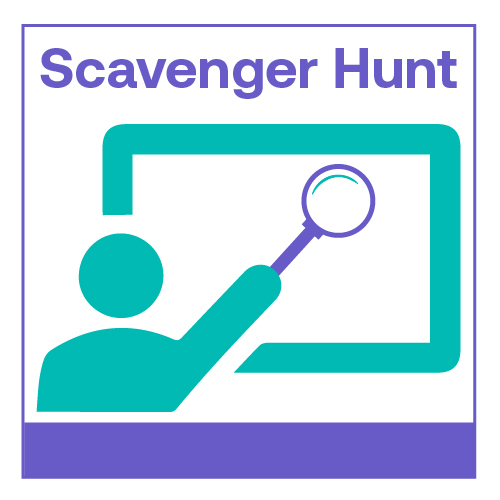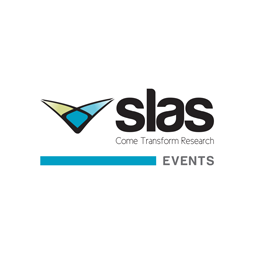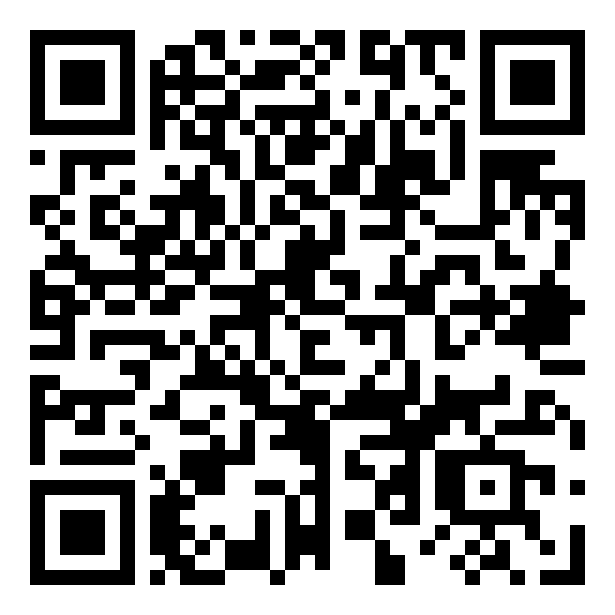Back

 View Leader Board
View Leader Board



Advances in Bioanalytics and Biomarkers
Automated sample preparation platform for bioanalytical SPE method development & optimization using Andrew+ pipetting robot
- CM
Claude Mallet, n/a
Senior Scientist
Waters Corporation
Milford, Massachusetts, United States
Primary Author - January Poster(s)
Abstract: Bioanalysis, or the analysis of drugs and their metabolites from biological fluids, are key assays used in support of drug discovery, development, clinical and forensic toxicology research. Development of quantitative bioanalytical methods focus on detection, separation and extraction of pharmaceutical drugs from biological matrices. Sample extraction is a lengthy and often laborious process requiring extensive manual labor and is often perceived as a bottle neck. Common sample preparation techniques include: dilution, protein precipitation (ppt), liquid-liquid extraction (LLE) and solid phase extraction (SPE), with the choice of technique used often based on the quantification of performance desired (e.g. sensitivity, selectivity, convenience and cost at which the assay can be executed.
Of these technique, SPE is often the preferred technique affording high recovery, selectivity and the ability to concentrate the sample for improved analytical assay sensitivity. However, with its numerous pipetting steps and need for optimization for each analyte, SPE extraction typically requires a skilled scientist to perform and optimize. Additionally the difficulty in implementing or transferring these assay's (user-to-user or site-to-site) required when assay demand increases is further aggravated by the complexity of the troubleshooting required when analytical goals are not met. Thus, there is a strong need for simpler, more standardized and transferrable workflows.
Recently, new development in robotics offers the capacity to fully automated complex extraction protocols with a high level of reproducibility compared to a manual sample extraction workflow. this automated platform now offers the option to produce quality and fast application by less experienced scientists, thus reducing risks of operator errors. This work aims to demonstrate a broadly applicable and automated SPE method development and optimization extraction strategy optimizing pH and solvent polarity, demonstrating high recovery and selectivity for a variety of small molecule and pharmaceutical drugs using a novel sequential elution strategy. This automation strategy incorporates the use of the Andrew+ pipetting robot platform, and automated liquid handling device, which simplifies and streamlines the bioanalysis sample preparation SPE workflow, maximizing productivity, reducing risk of errors, while ensuring analytical method performance.
Of these technique, SPE is often the preferred technique affording high recovery, selectivity and the ability to concentrate the sample for improved analytical assay sensitivity. However, with its numerous pipetting steps and need for optimization for each analyte, SPE extraction typically requires a skilled scientist to perform and optimize. Additionally the difficulty in implementing or transferring these assay's (user-to-user or site-to-site) required when assay demand increases is further aggravated by the complexity of the troubleshooting required when analytical goals are not met. Thus, there is a strong need for simpler, more standardized and transferrable workflows.
Recently, new development in robotics offers the capacity to fully automated complex extraction protocols with a high level of reproducibility compared to a manual sample extraction workflow. this automated platform now offers the option to produce quality and fast application by less experienced scientists, thus reducing risks of operator errors. This work aims to demonstrate a broadly applicable and automated SPE method development and optimization extraction strategy optimizing pH and solvent polarity, demonstrating high recovery and selectivity for a variety of small molecule and pharmaceutical drugs using a novel sequential elution strategy. This automation strategy incorporates the use of the Andrew+ pipetting robot platform, and automated liquid handling device, which simplifies and streamlines the bioanalysis sample preparation SPE workflow, maximizing productivity, reducing risk of errors, while ensuring analytical method performance.
 View Leader Board
View Leader Board
Your Points: 0
Scan and Win! Complete as many scavenger hunt questions as possible. You will find scavenger hunt QR Codes to scan on participating posters. Each participating poster in the exhibit hall will have a QR code next to it. For virtual participants, look for the scavenger hunt icon for participating posters.
SLAS Events

Instructions
Each poster participating in the scavenger hunt will have a SCAVENGER HUNT QR code. When that QR code is scanned using the SLAS2022 app, question about the poster will appear. You must answer the question correctly to collect points. BE SURE TO EXPLORE THE POSTER BEFORE SCANNING THE CODE! SLAS will award three prizes to the participants with the most points.
1st Prize - Comp Reg + Hotel/Airfare to SLAS2023 in San Diego
2nd Prize - $50 Starbucks Gift Card
3Rd Prize - $25 AMEX Gift Card
Keep an eye on the leader boards to see who’s at the TOP. Winners will be announced after SLAS2022.
Each participating poster in the exhibit hall will have a QR code next to it. For virtual participants, look for the scavenger hunt icon for participating posters.
1st Prize - Comp Reg + Hotel/Airfare to SLAS2023 in San Diego
2nd Prize - $50 Starbucks Gift Card
3Rd Prize - $25 AMEX Gift Card
Keep an eye on the leader boards to see who’s at the TOP. Winners will be announced after SLAS2022.
Each participating poster in the exhibit hall will have a QR code next to it. For virtual participants, look for the scavenger hunt icon for participating posters.
